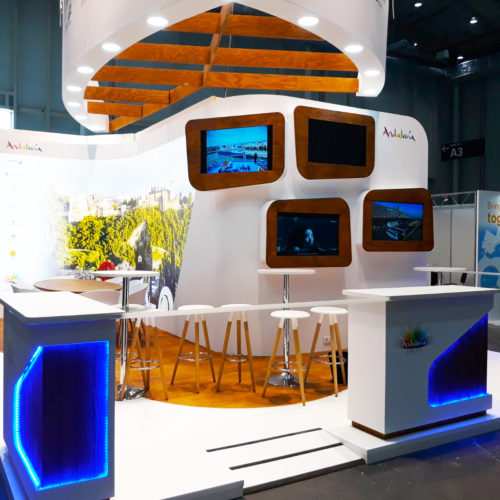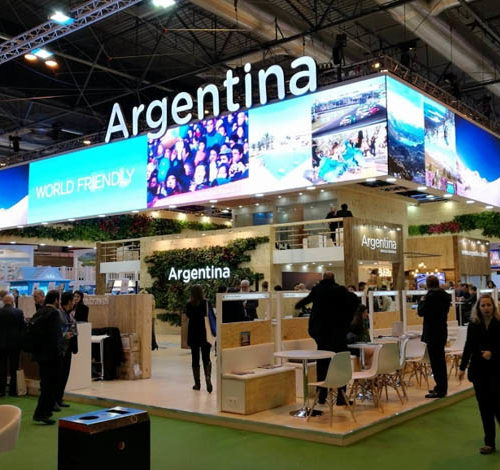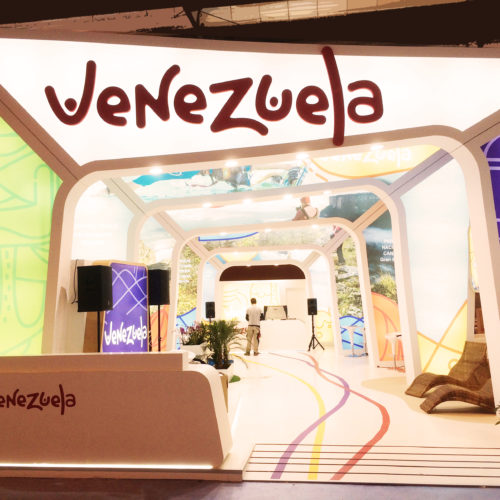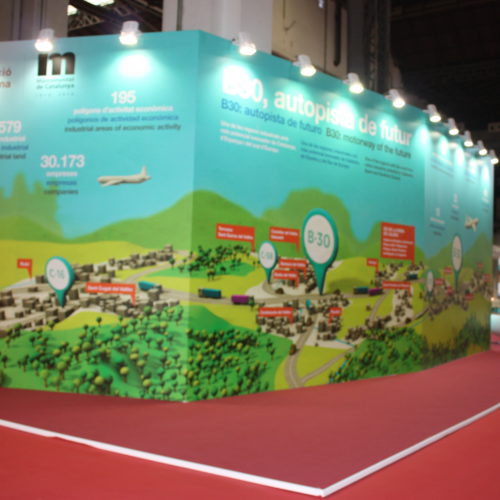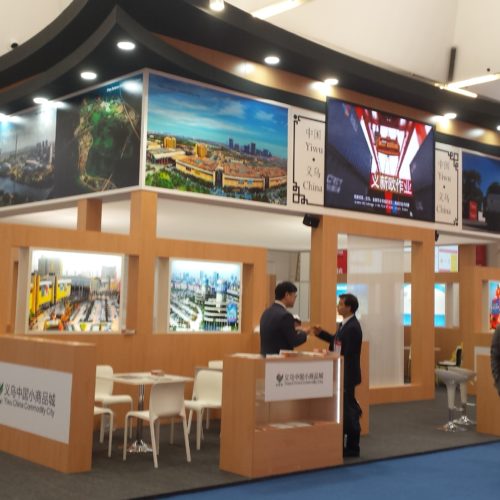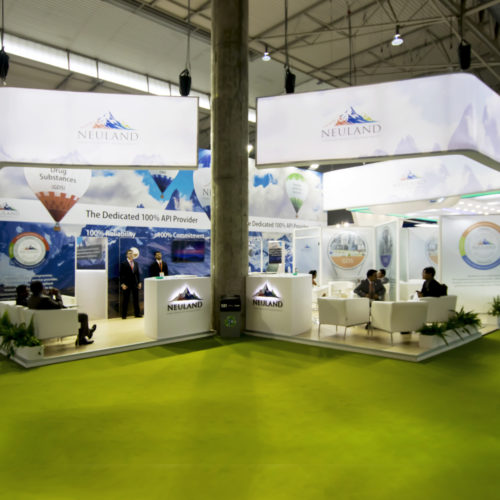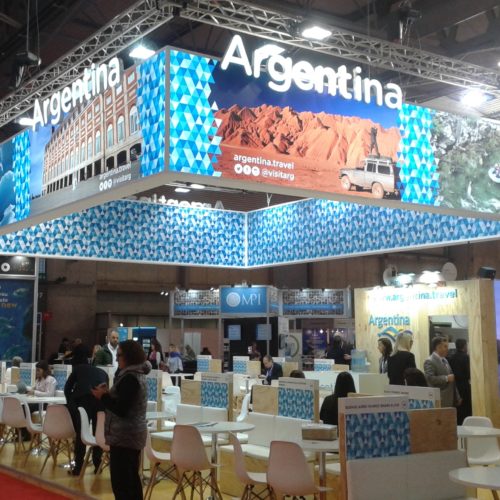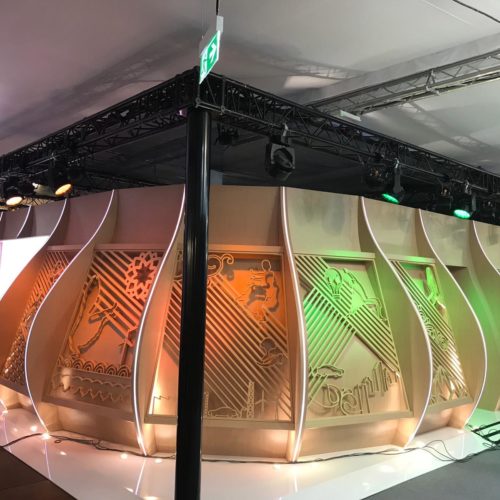Sustainable Stands
What is stand design?
Sustainable stands refer to structures or systems designed and operated in a manner that minimizes their environmental impact, promotes social responsibility, and ensures economic viability over the long term. These stands aim to meet present needs without compromising the ability of future generations to meet their own needs, thus contributing to sustainable development. There are various types of sustainable stands across different industries and sectors, each tailored to specific needs and contexts. Here are some examples:
- Sustainable Food Stands: These stands focus on offering locally sourced, organic, and seasonal food options to reduce the carbon footprint associated with transportation and support local farmers. They may also incorporate composting systems to manage food waste and promote recycling of materials used in packaging.
- Sustainable Retail Stands: Retail stands can adopt sustainable practices by using eco-friendly materials for displays and packaging, implementing energy-efficient lighting and heating systems, and sourcing products from ethical and fair-trade suppliers. Additionally, they may offer refill stations for items like detergents or personal care products to reduce single-use packaging.
- Sustainable Event Stands: Event stands can be designed using recyclable or reusable materials, minimizing waste generation. They can also incorporate features such as energy-efficient lighting, water-saving fixtures, and digital signage to reduce resource consumption during events. Furthermore, event stands can promote sustainable behaviors among attendees by providing information on eco-friendly practices and offering incentives for participation.
- Sustainable Tourism Stands: In the tourism sector, stands can promote responsible travel practices by providing information on local culture and customs, supporting conservation efforts, and offering eco-friendly tour packages. They may also partner with local communities to ensure that tourism benefits are distributed equitably and contribute to the preservation of natural and cultural heritage.
- Sustainable Agricultural Stands: Agricultural stands can adopt sustainable farming practices such as organic cultivation, crop rotation, and integrated pest management to minimize environmental impact and promote soil health. They may also incorporate renewable energy sources such as solar panels or wind turbines to power operations and reduce reliance on fossil fuels.
- Sustainable Construction Stands: Construction stands can focus on using environmentally friendly building materials, such as recycled or reclaimed wood, bamboo, or low-impact concrete, to minimize embodied carbon emissions. They can also implement energy-efficient design principles, such as passive solar heating and natural ventilation, to reduce operational energy consumption.
- Sustainable Transportation Stands: Transportation stands can promote sustainable mobility options, such as electric vehicles, bicycles, or public transit, to reduce greenhouse gas emissions and air pollution. They may also offer amenities such as bike racks, electric vehicle charging stations, and carpooling incentives to encourage alternative modes of transportation.
- Sustainable Energy Stands: Energy stands can promote renewable energy sources, such as solar, wind, hydroelectric, and geothermal power, to reduce reliance on fossil fuels and mitigate climate change. They may also offer energy efficiency products and services, such as LED lighting, smart thermostats, and insulation upgrades, to help consumers reduce their energy consumption and carbon footprint.
These are just a few examples of sustainable stands and the diverse ways in which they contribute to environmental, social, and economic sustainability. By adopting sustainable practices and promoting responsible consumption and production patterns, stands can play a crucial role in advancing the transition towards a more sustainable future.
Sustainable stands encompass a wide range of structures and systems designed with the principles of environmental responsibility, social equity, and economic viability at their core. These stands are integral to various industries and sectors, offering solutions that minimize environmental impact while meeting present needs without compromising the ability of future generations to meet their own. Throughout different domains, sustainable stands are implemented to promote sustainable development and contribute to a more resilient and equitable world.
Sustainable stands, whether in the realm of food, retail, events, tourism, agriculture, construction, transportation, energy, or beyond, prioritize practices that reduce resource consumption, minimize waste generation, and support the well-being of communities and ecosystems. By adopting sustainable practices, these stands aim to mitigate climate change, conserve natural resources, and foster social inclusion, thereby creating a more sustainable and prosperous future for all.
In the domain of food, sustainable stands play a crucial role in promoting local and organic food options, reducing food miles, and supporting regenerative agricultural practices. These stands prioritize sourcing ingredients from local farmers and producers, minimizing the carbon footprint associated with transportation and supporting local economies. By offering seasonal and organic options, sustainable food stands ensure that consumers have access to nutritious and environmentally friendly food choices.
In the retail sector, sustainable stands focus on reducing waste and promoting responsible consumption patterns. These stands utilize eco-friendly materials for displays and packaging, minimize energy consumption through efficient lighting and heating systems, and support ethical and fair-trade suppliers. By offering refill stations for products such as detergents or personal care items, sustainable retail stands help reduce single-use packaging and promote a circular economy.
Events industry stands can also embrace sustainability by incorporating eco-friendly practices into their operations. These stands utilize recyclable or reusable materials for construction, minimize waste through effective waste management strategies, and promote sustainable behaviors among attendees. By providing information on eco-friendly practices and offering incentives for participation, sustainable event stands contribute to reducing the environmental footprint of events and fostering a culture of sustainability.
In the tourism sector, sustainable stands promote responsible travel practices and support the conservation of natural and cultural heritage. These stands provide information on local culture and customs, support community-based tourism initiatives, and offer eco-friendly tour packages. By engaging with local communities and ensuring that tourism benefits are distributed equitably, sustainable tourism stands help minimize negative impacts on the environment and promote sustainable livelihoods.
In agriculture, sustainable stands prioritize practices that promote soil health, biodiversity, and water conservation. These stands utilize organic cultivation methods, implement crop rotation and integrated pest management strategies, and promote regenerative agricultural practices. By supporting local farmers and producers, reducing chemical inputs, and preserving natural ecosystems, sustainable agricultural stands contribute to the resilience and sustainability of food systems.
Key elements to achieve success in your participation.
Construction stands can also adopt sustainable practices to minimize environmental impact and promote energy efficiency. These stands utilize environmentally friendly building materials, such as recycled or reclaimed wood, bamboo, or low-impact concrete, and incorporate energy-efficient design principles, such as passive solar heating and natural ventilation. By reducing embodied carbon emissions and operational energy consumption, sustainable construction stands help mitigate climate change and promote sustainable urban development.
In transportation, sustainable stands focus on promoting alternative modes of transportation and reducing greenhouse gas emissions. These stands offer amenities such as bike racks, electric vehicle charging stations, and carpooling incentives to encourage sustainable mobility options. By supporting public transit, cycling, walking, and other sustainable modes of transportation, sustainable transportation stands help reduce air pollution and alleviate traffic congestion.
Energy stands play a critical role in promoting renewable energy sources and reducing reliance on fossil fuels. These stands utilize solar, wind, hydroelectric, and geothermal power to generate electricity, heat, and cooling. By investing in renewable energy infrastructure and promoting energy efficiency measures, sustainable energy stands help transition to a low-carbon economy and mitigate the impacts of climate change.
Across various sectors and industries, sustainable stands are essential for promoting environmental stewardship, social equity, and economic prosperity. By embracing sustainability principles and practices, these stands contribute to building a more resilient and equitable world for present and future generations. Through innovation, collaboration, and collective action, sustainable stands play a crucial role in advancing the global transition to a sustainable and prosperous future.
In conclusion, sustainable stands encompass a diverse array of structures and systems designed to promote environmental, social, and economic sustainability. Whether in the domains of food, retail, events, tourism, agriculture, construction, transportation, energy, or beyond, sustainable stands prioritize practices that minimize environmental impact, conserve natural resources, and support the well-being of communities and ecosystems. By embracing sustainability principles and practices, these stands play a vital role in shaping a more resilient and equitable world for all.












